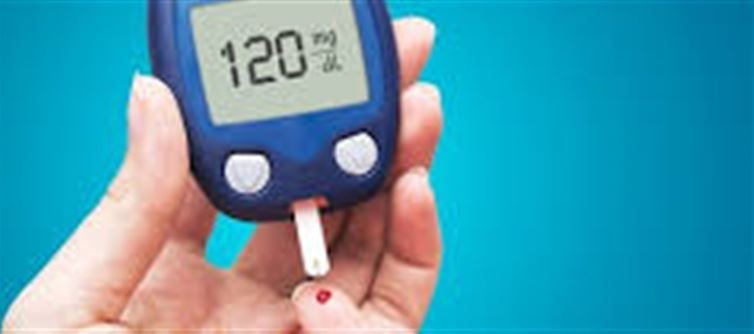
To effectively monitor your blood sugar levels, it’s essential to use a glucometer correctly. This handy device provides valuable information for managing diabetes or overall health. Here’s a step-by-step guide on how to use a glucometer accurately.
First, ensure that your hands are clean and dry. Wash them with soap and water, then dry thoroughly. This prevents any contaminants from affecting your blood sample. Next, insert a new test strip into the glucometer according to the manufacturer’sInstructions. Most modern devices will automatically turn on when a strip is inserted.
Prepare your lancing device by inserting a clean lancet. Adjust the depth setting based on your skin type; a shallower setting is often sufficient for those with thinner skin. To obtain a blood sample, prick the side of your fingertip with the lancet. This area tends to be less painful and provides an adequate blood flow.
Once you have a blood droplet, touch it to the designated area on the test strip. Ensure that the strip absorbs the blood completely for an accurate reading. After a few seconds, the glucometer will display your blood sugar level. Record this information along with the date and time for future reference, as tracking trends can be vital for effective diabetes management.
Lastly, dispose of the used lancet and test strip properly to maintain hygiene. Regularly calibrate your glucometer if required and replace it as recommended by the manufacturer to ensure consistent accuracy.
By following these guidelines, you can use a glucometer effectively to monitor your blood sugar levels. This practice not only aids in managing diabetes but also promotes overall health awareness. Remember, accurate readings are crucial for making informed decisions about your health.
Disclaimer:
The views and opinions expressed in this article are those of the author and do not necessarily reflect the official policy or position of any agency, organization, employer, or company. All information provided is for general informational purposes only. While every effort has been made to ensure accuracy, we make no representations or warranties of any kind, express or implied, about the completeness, reliability, or suitability of the information contained herein. Readers are advised to verify facts and seek professional advice where necessary. Any reliance placed on such information is strictly at the reader’s own risk.
.jpg)




 click and follow Indiaherald WhatsApp channel
click and follow Indiaherald WhatsApp channel